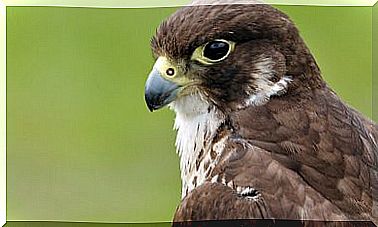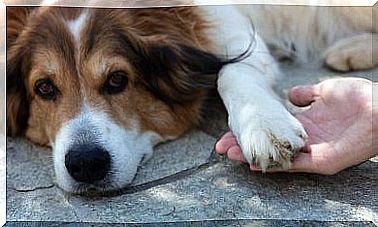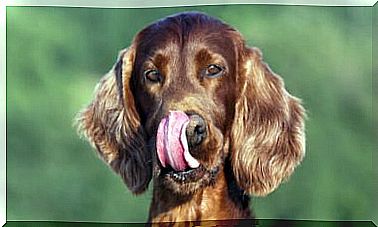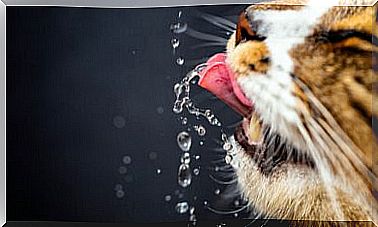The Dalmatian, A Very Elegant Best Friend

The Dalmatian is a well-known dog thanks to Dodie Smith’s book “101 Dalmatians.” However, what is really known about the Dalmatian, other than that it has spots? This is the site to find out.
Where does the Dalmatian come from?

The exact origin of the Dalmatian is quite unknown, although thanks to drawings and paintings found in Croatia, it is believed to be several centuries old and that it comes from the city of Dalmatia (in Croatia) where the name comes from.
Thanks to its bearing and way of moving, the Dalmatian was used as a sign of prestige to accompany the carriages of the aristocracy protecting the horses.
Later it was also used to accompany the firefighters’ carriages to have a clear path for their horses and even today this breed is associated with the profession, although now it travels in the car with the firefighters. Sometimes it has also been used as a sheepdog.
What does the Dalmatian look like?
The Dalmatian is a medium-sized dog, with good muscles and great resistance. Their legs are round with arched toes and their nails can be both white and the color of fur spots. The nose (that is, the nose) is the same color as the spots and the eyes can be dark red or amber.
There are Dalmatians with blue eyes, but they are discarded as purebred and do not enter the crossings. The ears are soft and pointed, although they are usually folded over on themselves. The coat is short, shiny, hard and dense with a white or liver colored background and black or brown spots.
For the dog to be well valued, the spots should be 2 to 3 cm in diameter on the back area and smaller on the head and legs. They must also be fairly distributed and have good definition.
It’s important to remember that Dalmatians are born spotless, completely white, and don’t appear until later (although for those of us who have seen the movie, it’s hard to forget Glenn Close’s disgust when she realizes this).
This breed sheds its coat constantly, rather than once a year like other breeds. The Dalmatian can weigh from 24 to 32 kg and be 54 to 61 cm tall.
What is the temperament of the Dalmatian?
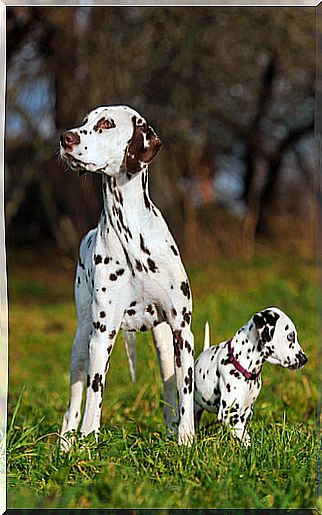
The Dalmatian is a vigorous, strong, muscular and active animal that requires constant activity and exercise. Thanks to their past as carriage companions, they are fast runners with great endurance and are excellent companions for active people, as they will like to take long walks and jog in the countryside.
Although he cares for people, adapts well to people’s moods and likes to participate in what happens in his family, they are not suitable pets for children because due to their large size and energy they can harm them.
Despite its affection for people, it is essential that the dog is properly socialized and trained to be able to live with a family and it is not convenient to keep it in small environments, since it needs space to move.
In addition, it should not be left alone for a long time, since the lack of attention could cause destructive behaviors or disorders in the animal, being able to reach the point of biting its legs, creating serious injuries and / or compulsively digging.
The Dalmatian is independent and serene, but is also naturally reserved and territorial in temperament although he socializes well with people and with horses. In addition to being a companion animal, it can be trained as a protection or trail and sample dog.
What is the general health of the Dalmatian?
The Dalmatian is a strong and healthy dog, although the breed has an indicative of 10% deafness and they are known to have a uricotelic metabolism (which indicates that their urine is composed mainly of uric acid, instead of urea which is the majority component in the urine of other mammals, including other breeds of dogs).
This aspect can lead to the formation of stones in the kidney, in the bladder or in the urethra, which produces a slight irritation or can even block the flow of urine, which can condition the life of the animal. Therefore, the Dalmatian must follow a specialized diet low in purines, drink plenty of water and exercise regularly to avoid the formation of these stones.
